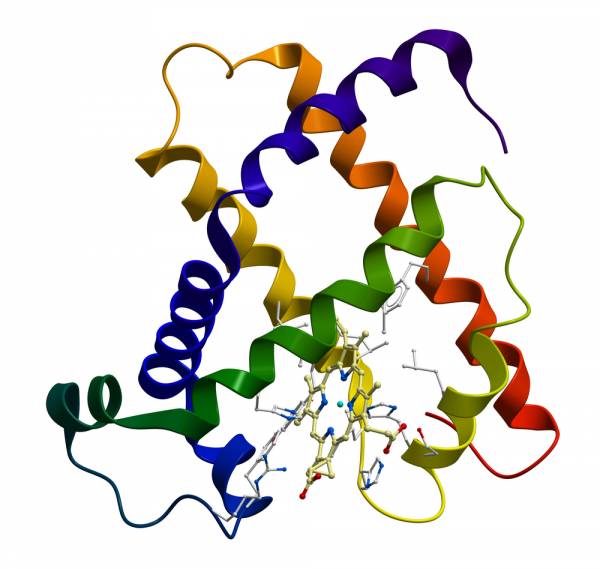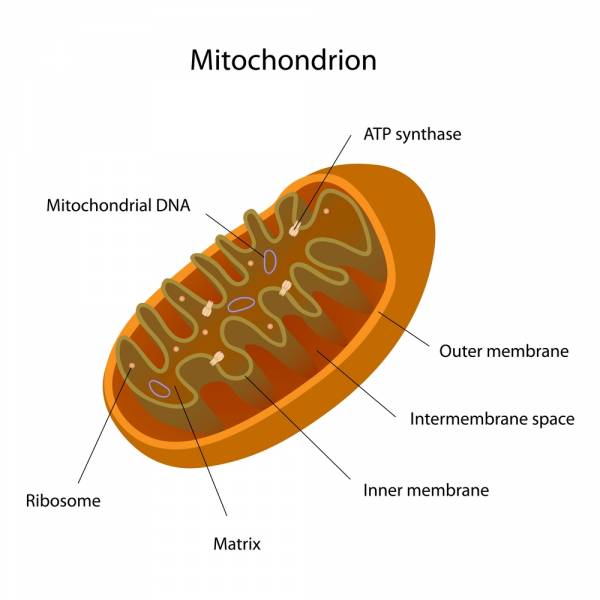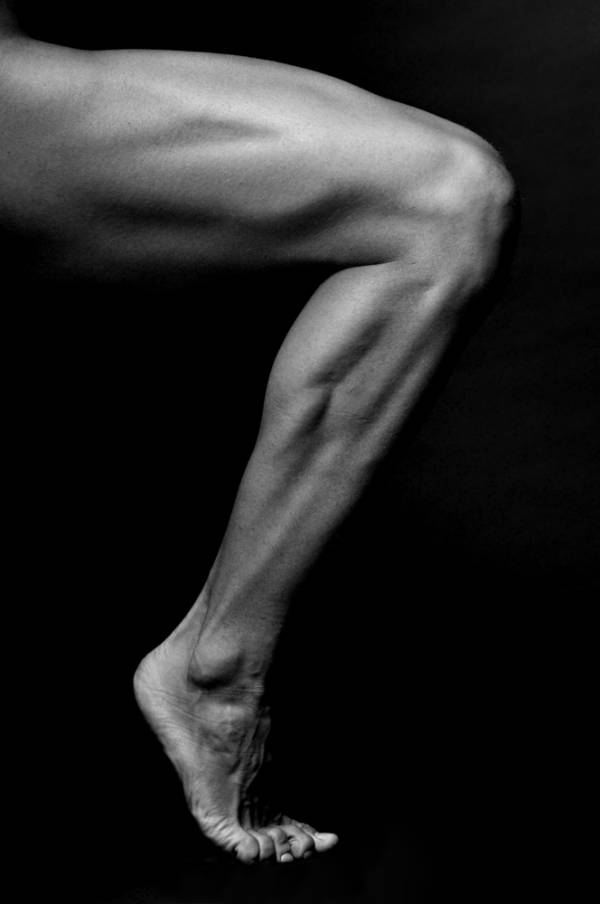Many athletes may wonder why they are not able to lift more than the person next to them. This is especially true of males, and this can be a sore subject among men in the CrossFit world. Many men, and to a lesser extent women, that I have spoken to felt self-conscious if there was a workout that had a particularly heavy load that they themselves did not have the ability to lift, but other athletes present could. Some have even admitted to lifting the weight even though they knew the load was too heavy, all because those around them were lifting the load. This, of course, eventually led to injury or intense soreness in the aftermath of the workout.
I want to shed some light about different body types, why some people can lift more weight than others, and how some people are more inclined to endurance work then others. Everyone is keen to a body type, but it’s important to program and work with your genetic musculature to make strength gains. Hopefully, reading about overall body type will help you see what your particular body type is, and help you reach your full potential.
Slow Twitch Muscle Fibers
(AKA: Slow Oxidative or Type I Muscle Fibers)
Athletes with this type of muscle tissue will usually be much leaner. Their muscles look visibly longer, and they usually have little body fat. There is a reason why their bodies look this way. Type I muscle fibers contain large amounts of mitochondria. Going back to cell biology, mitochondria are the powerhouses of the cells. Increased mitochondria means more ATP production (energy).
The full name for ATP is adenosine triphosphate, and it is a molecule involved in energy transfer and production. ATP is vital to all cells in the body, but in skeletal tissue it is an important aspect of the sliding filament theory, or simply put, how our muscles contract.
 Type I muscle fibers are surrounded by more capillaries, which means muscles get more blood flow and transfer, and contain higher concentrations of myoglobin (pictured right). You may be wondering, what the hell is myoglobin? Myoglobin binds to oxygen and acts as a muscle reservoir for oxygen when the blood does not supply an adequate amount, so you can think of it as a storage center for oxygen. All of these factors summed up together make type I muscle fibers extremely resistant to fatigue, and capable for sustained aerobic metabolism.
Type I muscle fibers are surrounded by more capillaries, which means muscles get more blood flow and transfer, and contain higher concentrations of myoglobin (pictured right). You may be wondering, what the hell is myoglobin? Myoglobin binds to oxygen and acts as a muscle reservoir for oxygen when the blood does not supply an adequate amount, so you can think of it as a storage center for oxygen. All of these factors summed up together make type I muscle fibers extremely resistant to fatigue, and capable for sustained aerobic metabolism.
Something that is important to mention here is that type I muscle fibers contract more slowly. These muscles create a lower force output and are more efficient during long duration workouts than their fast twitch counterparts. You may have recognized the oxidation part in the name of slow twitch muscle fibers. These muscle fibers perform under aerobic conditions, so oxidation means that oxygen is required for aerobic respiration to generate ATP. This has a lot to do with heart rate, the range at which aerobic respiration is taking place, and when anaerobic respiration is taking place. So, people with this muscle type usually can’t lift as much weight, but they do well during long durations and muscular endurance.
People in this group type can still lift heavy, but how they train is key. It is important for people in this group to have an efficient warm up to get to an aerobic state to generate the max amount of force for muscle contraction, thus lifting a heavier load. Also, type I muscle works best when workouts are over three minutes long, so higher reps usually do better for building strength for the type I group. So instead of doing a lot of 1 rep maxes, try doing 7, 5, and 3 reps (heavy) for so many sets and shorter rest, and save your 1 rep maxes for personal record attempt days.
Lastly, time under tension is important for this group to make strength gains. Moving slower in movements will help make improvements in lifts over time so you can lift more than the athlete next to you.
Fast Twitch Muscle Fibers
This group has two subtypes. Understand that all fast twitch muscle fibers bear certain traits. All fast twitch muscles have high concentrations of glycogen (from which glucose is derived), and something all of you may find interesting, is that most fast twitch muscle fibers appear white. Most people who fit into this category will have a bigger skeletal and muscular structure and the appearance of larger muscles.
Fast Twitch Muscle Fibers: Type IIx
 This subtype classification is relatively new in that it was categorized in 1980. This subtype of fast twitch muscle fibers contains small amounts of mitochondria, which means these muscles do not do as well during long duration workouts. These muscles have a small capacity for aerobic metabolism, and fatigue more easily than their slow twitch counterparts. These fibers can’t sustain their effort for more than a few seconds.
This subtype classification is relatively new in that it was categorized in 1980. This subtype of fast twitch muscle fibers contains small amounts of mitochondria, which means these muscles do not do as well during long duration workouts. These muscles have a small capacity for aerobic metabolism, and fatigue more easily than their slow twitch counterparts. These fibers can’t sustain their effort for more than a few seconds.
It may sound like these type of muscles are just awful, but here are the benefits of this type of muscle tissue. These muscles posses a higher number of glycolytic enzymes. What does this mean? It means these muscles perform anaerobically; so they do not need oxygen to produce ATP. With these characteristics, these muscles have the ability to produce a lot of force (lifting), but in short durations. Ultimately, these muscles are tailor-made for lifting in that they do well with short, explosive movements. But when it comes to metabolic conditioning or a long duration CrossFit WOD like “Eva,” people in this category work much harder to sustain and keep their muscles from fatigue. Endurance is something people in this category need to work on.
Fast Twitch Muscle Fibers: Type IIa
AKA: “Intermediate” or Fast-Oxidative Glycolytic Fibers (Whew!)
This subtype has the same characteristics as mentioned above with a few differences. These muscles possess properties of speed, fatigue, and force production somewhere between type I and IIx fibers, therefore they can work up to three minutes in elite athletes. People in this category are highly adaptable. They are able to increase their oxidative capacity to levels similar to that of the slow twitch group, but at a cost. When people in this subtype go into the oxidative capacity, they tend to lose more muscle mass, therefore, losing some of the strength portion of their overall fitness.
 In the human body, the composition is typically equal number type I fibers and fast twitch fibers, though some muscle groups are made up of primarily of type I, or predominantly fast twitch in the skeletal muscle (for example, looking at the legs it can be very obvious what type of muscle tissue you have). This can be attributed to genetics, hormones, and activity of the individual.
In the human body, the composition is typically equal number type I fibers and fast twitch fibers, though some muscle groups are made up of primarily of type I, or predominantly fast twitch in the skeletal muscle (for example, looking at the legs it can be very obvious what type of muscle tissue you have). This can be attributed to genetics, hormones, and activity of the individual.
Remember, this is only one variable that determines success in the CrossFit realm of lifting and overall physical performance. For the type I group of athletes, you may have to adjust how you do your lifting days in comparison to the fast twitch group to make strength gains, but you can lift as much as the CrossFitter next to you if you train correctly.
Photos courtesy of Shutterstock.






